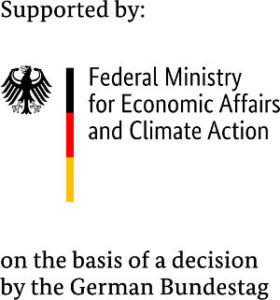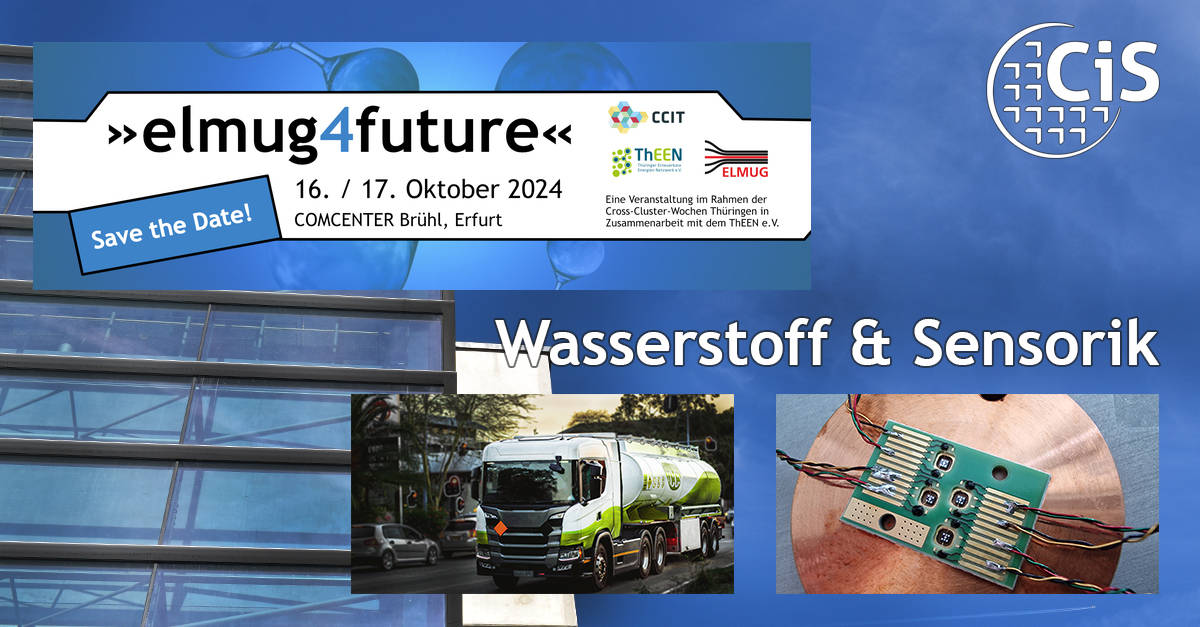This year’s elmug4future technology conference will focus on the use of hydrogen and the associated challenges for its safe use. Measurement technology plays a central role here, from recording the technical parameters, production, control and regulation of the systems to the final application. On 16th and 17th October 2024, experts from various fields of knowledge will address this topic at COMCENTER Brühl in Erfurt.
Dr. Heike Wünscher and Dr. Ingo Tobehn-Steinhäuser from the CiS Research Institute will present current sensor developments and research projects for hydrogen measurement technology in their lectures on 17th October 2024.
In her presentation “Hydrogen from catalytic ammonia cracking”, Dr. Wünscher will look at sensors for assessing the gas quality at the output of the ammonia cracker. Hydrogen can be transported over long distances much more easily and with less loss in the form of ammonia. Depending on the application, there are different requirements for the tolerable residual ammonia content. This gas quality can be measured using sensors based on different measuring principles.
In his lecture, Dr. Tobehn will present “Charge carrier mobility in semiconductors at cryogenic temperatures: semiconductor technology for monitoring liquid hydrogen”. In the “Freezing out” research project, Hall measurements were carried out with doped silicon (boron or phosphorus) up to a temperature of 4K, which prove that the freezing-out effect already begins at room temperature. This phenomenon must be taken into account in the development of high-precision semiconductor sensors, particularly at low temperatures, in order to safely handle liquid hydrogen at a temperature of -252.85°C.
 The research and development work described was funded by the Federal Ministry for Economic Affairs and Climate Action (BMWK) in the following projects:
The research and development work described was funded by the Federal Ministry for Economic Affairs and Climate Action (BMWK) in the following projects:
NH3-BZ (funding code: 49MF220229)
AmmoniaSense (funding code: KK5085701CS0)
Freezing out (funding code: 49VF190056)




